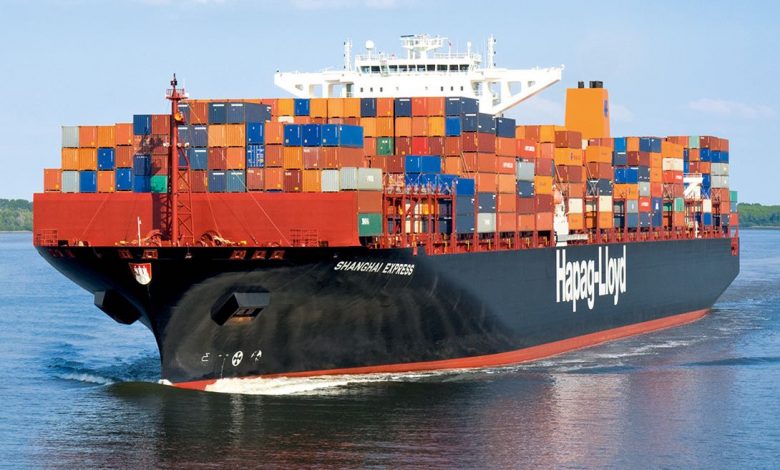Carriers are winning the freight rate battle

Hapag-Lloyd impressed analysts last week by keeping its full-year financial guidance despite the deleterious effects caused by Covid-19.
Part of the reason for this upbeat forecast was in the carriers’ collective ability to keep rates high in recent weeks, something analysed in the latest report from Danish container shipping consultants, Sea-Intelligence.
“Carriers have been very good at maintaining freight rates – and net of fuel, spot rates are actually 25-40% up in some trades compared to last year,” Sea-Intelligence noted, highlighting the “rapid and hard tactical capacity cuts” – the blank sailings – which have done so well in preserving the bottom line of most of the global carriers this year.
Taking out the fuel cost component from the recorded spot rate indices, rates on the Asia – North Europe trade is up by around 25% year-on-year, Asia – Mediterranean and the transpacific to the west coast are both up by nearly 40%, while rates for sailings from Asia to the US east coast are up by around 5%.
Sea-Intelligence also provided an update on the volume of blanked sailings, an historic high that has now passed the 500-mark. However, carriers have yet to show their hand when it comes to slashing schedules in the third quarter.
“Whilst of course nothing can be ruled out, it appears exceedingly unlikely that demand will revert back to normal from July 1st. We would therefore expect the level of blank sailings will once more start to increase, as carriers become forced to take a stance on their capacity management for Q3,” Sea-Intelligence suggested.
